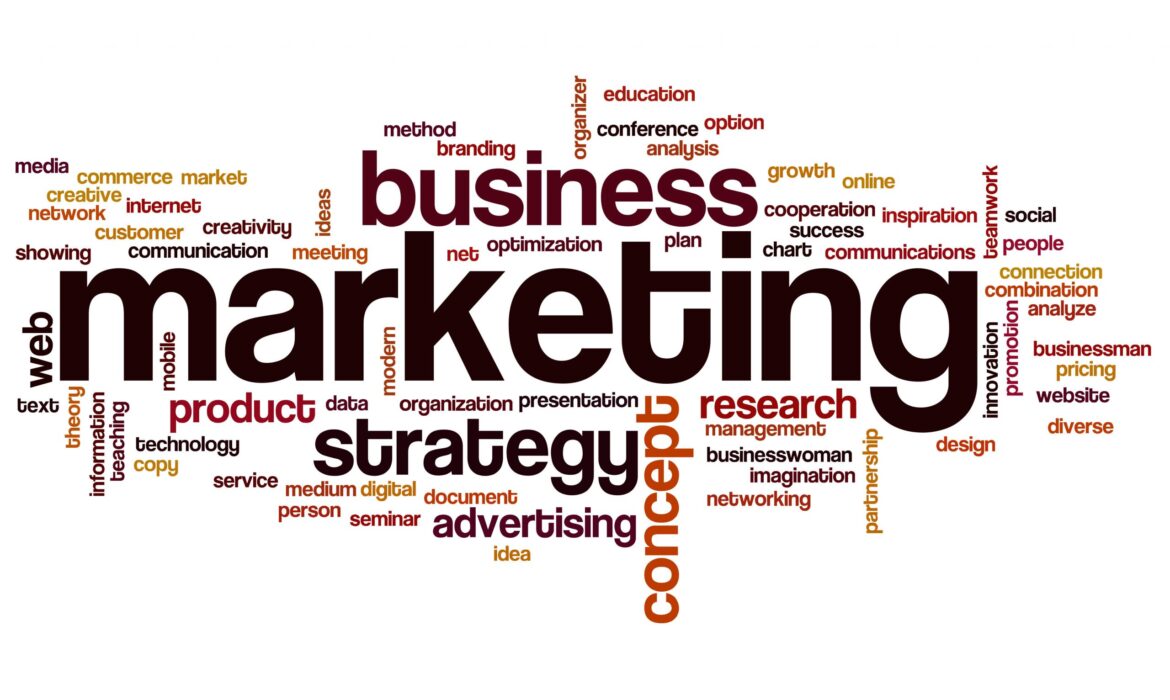Marketing in Business: Strategies and Types Explained
What Is Marketing?
Marketing refers to activities a company undertakes to promote the buying or selling of a product or service. Marketing includes advertising, selling, and delivering products to consumers or other businesses. Some marketing is done by affiliates on behalf of a company.
Professionals who work in a corporation’s marketing and promotion departments seek to get the attention of key potential audiences through advertising. Promotions are targeted to certain audiences and may involve celebrity endorsements, catchy phrases or slogans, memorable packaging or graphic designs, and overall media exposure.
KEY TAKEAWAYS
- Marketing refers to all activities a company does to promote and sell products or services to consumers.
- Marketing makes use of the “marketing mix,” also known as the four Ps—product, price, place, and promotion.
- Marketing used to be centered around traditional marketing techniques including television, radio, mail, and word-of-mouth strategies.
- Though traditional marketing is still prevalent, digital marketing now allows companies to engage in newsletter, social media, affiliate, and content marketing strategies.
- At its core, marketing seeks to take a product or service, identify its ideal customers, and draw the customers’ attention to the product or service available.
What Is the Goal of Marketing?
Marketing as a discipline involves all the actions a company undertakes to draw in customers and maintain relationships with them. Networking with potential or past clients is part of the work too and may include writing thank you emails, playing golf with prospective clients, returning calls and emails quickly, and meeting with clients for coffee or a meal.
At its most basic level, marketing seeks to match a company’s products and services to customers who want access to those products. Matching products to customers ultimately ensures profitability.
Formal Definition:
“Marketing is the activity, set of institutions, and processes for creating, communicating, delivering, and exchanging offerings that have value for customers, clients, partners, and society at large. “
—Official definition from the American Marketing Association, approved 2017.
1
What Are the 4 P’s of Marketing?
Product, price, place, and promotion are the Four Ps of marketing. The Four Ps collectively make up the essential mix a company needs to market a product or service. Neil Borden popularized the idea of the marketing mix and the concept of the Four Ps in the 1950s.
Product
Product refers to an item or items the business plans to offer to customers. The product should seek to fulfill an absence in the market, or fulfill consumer demand for a greater amount of a product already available. Before they can prepare an appropriate campaign, marketers need to understand what product is being sold, how it stands out from its competitors, whether the product can also be paired with a secondary product or product line, and whether there are substitute products in the market.
Price
Price refers to how much the company will sell the product for. When establishing a price, companies must consider the unit cost price, marketing costs, and distribution expenses. Companies must also consider the price of competing products in the marketplace and whether their proposed price point is sufficient to represent a reasonable alternative for consumers.
Place
Place refers to the distribution of the product. Key considerations include whether the company will sell the product through a physical storefront, online, or through both distribution channels. When it’s sold in a storefront, what kind of physical product placement does it get? When it’s sold online, what kind of digital product placement does it get?
Promotion
Promotion, the fourth P, is the integrated marketing communications campaign. Promotion includes a variety of activities such as advertising, selling, sales promotions, public relations, direct marketing, sponsorship, and guerrilla marketing.
Promotions vary depending on what stage of the product life cycle the product is in. Marketers understand that consumers associate a product’s price and distribution with its quality, and they take this into account when devising the overall marketing strategy.


Types of Marketing Strategies
Marketing is comprised of an incredibly broad and diverse set of strategies. The industry continues to evolve, and the strategies below may be better suited for some companies over others.
Traditional Marketing Strategies
Before technology and the internet, traditional marketing was the primary way companies would market their goods to customers. The main types of traditional marketing strategies includes:
- Outdoor Marketing: This entails public displays of advertising external to a consumer’s house. This includes billboards, printed advertisements on benches, sticker wraps on vehicles, or advertisements on public transit.
- Print Marketing: This entails small, easily printed content that is easy to replicate. Traditionally, companies often mass produced printed materials, as the printed content was the same for all customers. Today, more flexibility in printing processes means that materials can be differentiated.
- Direct Marketing: This entails specific content delivered to potential customers. Some print marketing content could be mailed. Otherwise, direct marketing mediums could include coupons, vouchers for free goods, or pamphlets.
- Electronic Marketing: This entails use of TV and radio for advertising. Though short bursts of digital content, a company can convey information to a customer through visual or auditory media that may grab a viewer’s attention better than a printed form above.
- Event Marketing: This entails attempting to gather potential customers at a specific location for the opportunity to speak with them about products or demonstrate products. This includes conferences, trade shows, seminars, roadshows, or private events.

Digital Marketing
The marketing industry has been forever changed with the introduction of digital marketing. From the early days of pop-up ads to targeted placements based on viewing history, there are now innovating ways companies can reach customers through digital marketing
Search Engine Marketing: This entails companies attempting to increase search traffic through two ways. First, companies can pay search engines for placement on result pages. Second, companies can emphasize search engine optimization (SEO) techniques to organically place highly on search results.
E-mail Marketing: This entails companies obtaining customer or potential customer e-mail addresses and distributing messages or newsletters. These messages can include coupons, discount opportunities, or advance notice of upcoming sales.
Social Media Marketing: This entails building an online presence on specific social media platforms. Like search engine marketing, companies can place paid advertisements to bypass algorithms and obtain a higher chance of being seen by viewers. Otherwise, a company can attempt to organically grow by posting content, interacting with followers, or uploading media like photos and videos.
Affiliate Marketing: This entails using third-party advertising to drive customer interest. Often, an affiliate that will get a commission from a sale will do affiliate marketing as the third-party is incentivized to drive a sale for a good that is not their own original product.
Content Marketing: This entails creating content, whether eBooks, infographics, video seminars, or other downloadable content. The goal is to create a product (often free) to share information about a product, obtain customer information, and encourage customers to continue with the company beyond the content.






